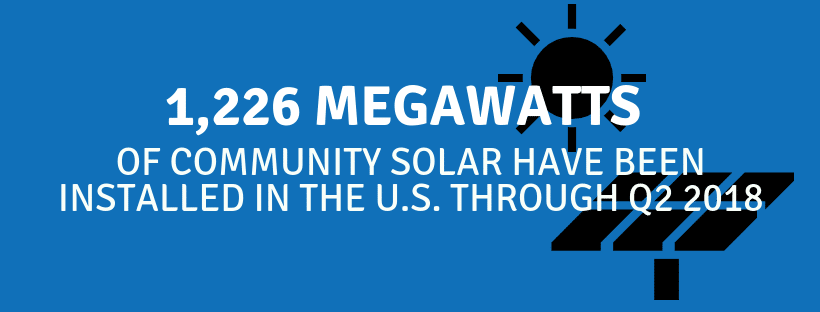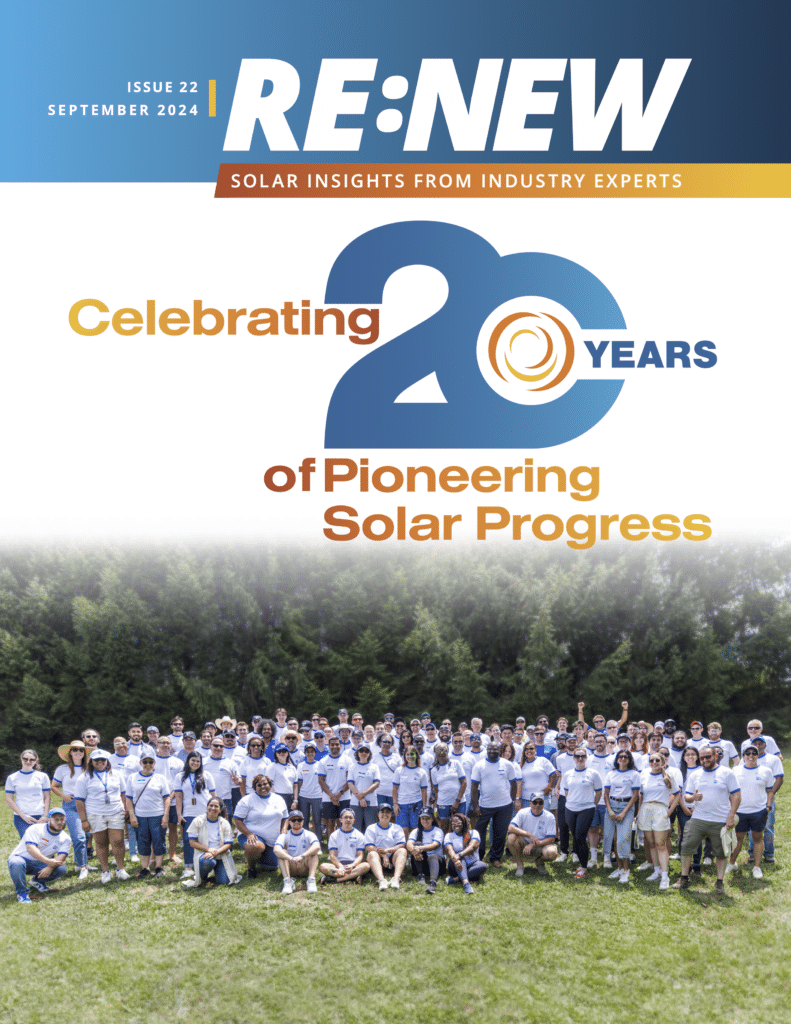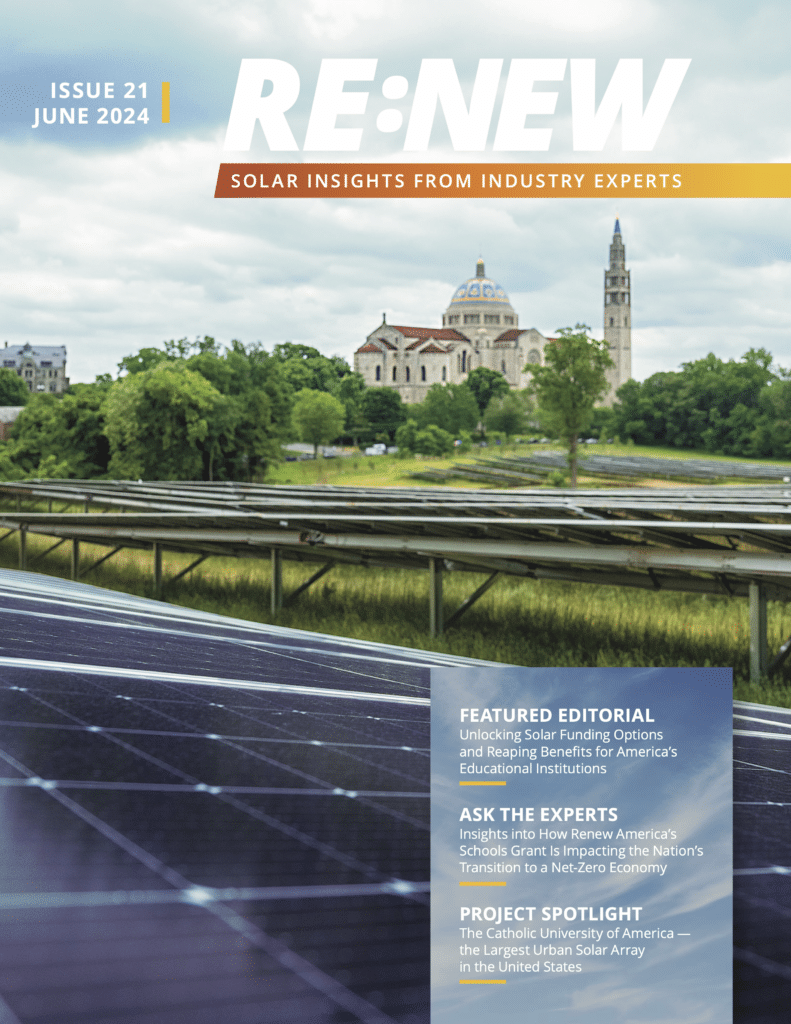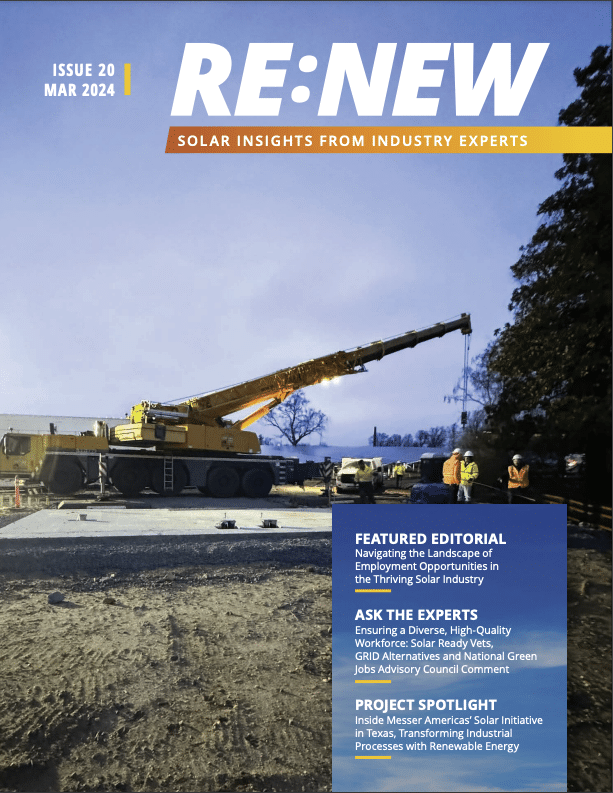As you might imagine, I’m a big fan of solar. I’ve spent a good portion of my professional career trying to increase access and give everyone who wants it an opportunity to join the Solar Revolution and become part of the Solar Century. But not everyone can access traditional solar power.
GTM Research, Wood Mackenzie and Vote Solar recently released a report indicating between 50% and 75% of U.S. electricity consumers can’t put solar arrays on their own roofs.
Maybe their roof isn’t properly situated. Maybe they have too many trees. Maybe they rent their homes instead of own them and don’t have access to the roof. Maybe businesses don’t have the roof space or the wherewithal to install their own system. What can be done to improve their access to solar?
That’s where community solar projects can help.
What is community solar (also called solar gardens)? The idea is simple: Residents, government entities, schools, businesses and more can buy their solar power from a central array that is built and operated by a third party. It’s like having their own solar arrays but without the worry if their roof is solar-friendly or incurring the upfront costs of installation. It provides the purchasing power and lower cost of utility-scale solar without utility ownership of the generating plant itself.
The report also noted that community solar installations could reach 84 GW of operating capacity, serve 8.8 million customers and account for as much as 2.6% of U.S. electricity consumption by 2030.
Think about that for a moment. If we were able to increase community solar installations to their full capability, we would more than double the current amount of installed solar in the United States, which currently stands at 53.8 GW. It would more than double the number of homes that can be powered by solar from its current 11 million. The revolution could be in full swing.
So why aren’t there more community solar project in the United States? Well, the answer to that is somewhat complicated, but at its center is the fact that not all states allow those kinds of arrangements with their utilities. In addition, local officials aren’t always equipped to deal with the nuances and technical challenges of installing a solar array in their community. Ordinances and permitting procedures need to be updated to make community solar a more easily sited possibility.
Our own experience in New York and Colorado clearly demonstrates that people across the country are thirsting for this type of solar development. Our 10+ MW development in Colorado is almost entirely sold out and our six-project portfolio in New York is already attracting intense interest from residential and small commercial customers—and they’re still in the process of being built. And we’re in the process of developing more community solar in other states across the country as opportunities become available, and they’re coming in almost as fast as we can handle them.
Make no mistake: The community solar revolution is coming your way. Help us do our jobs by educating your local officials and let them know this is something you want and need in your community. Your activism will help the community solar dream come true for you.
More Recent Blog Posts
The Politics of the Inflation Reduction Act: Standard Solar’s September Policy Brief
September 13, 2024
Trevor Laughlin · 4 min read
Community Solar, Front And Center: Standard Solar's August Policy Brief
August 12, 2024
Trevor Laughlin · 3 min read
A Mixed Legislative and Regulatory Landscape: Standard Solar’s July Policy Brief
July 15, 2024
Trevor Laughlin · 4 min read
Community Solar, Front And Center: Standard Solar's June Policy Brief
June 18, 2024
Trevor Laughlin · 3 min read
Most Popular Blog Posts
How To Create A Complete Commercial PV Design Package
CJ Colavito · 2 min read
New California Legislation Takes Community Solar Access to New Heights
Harry Benson · 2 min read
State Policy Leaps Into The Spotlight As Federal Policy Winds Down
Travis Tate · 2 min read
The Challenges of Finance and Interconnection Across Multiple States
Scott Wiater · 2 min read






Share